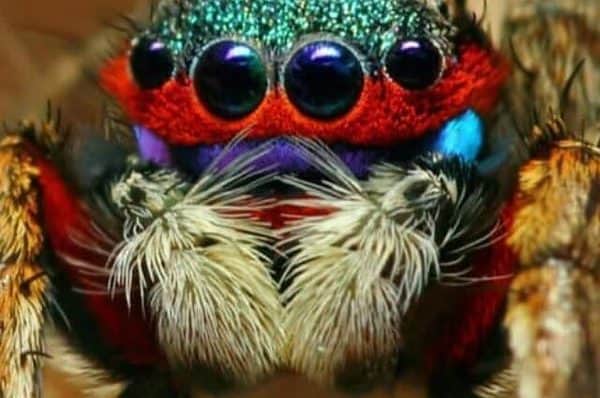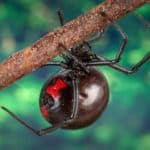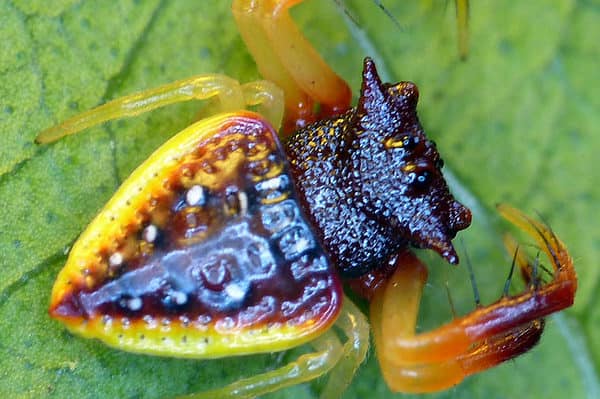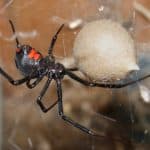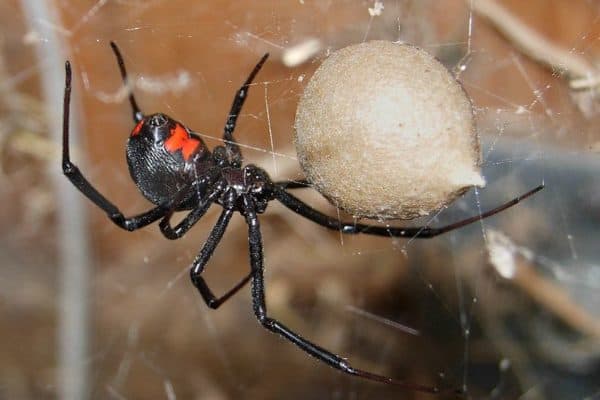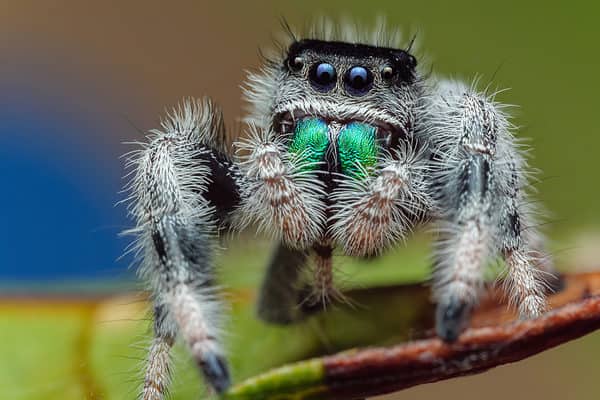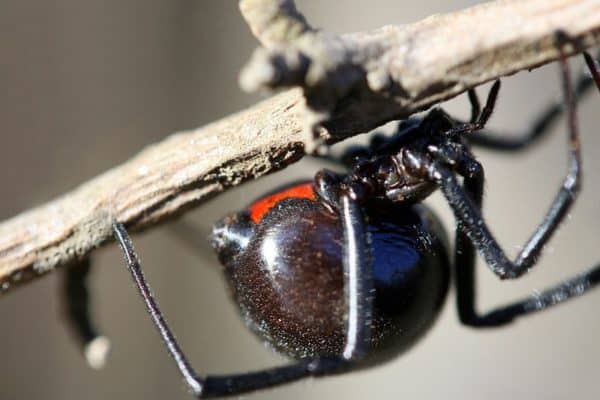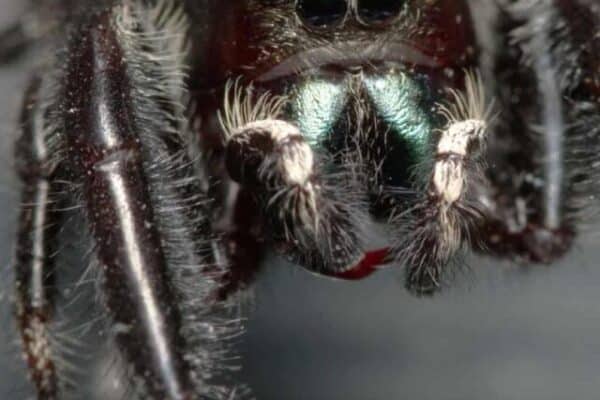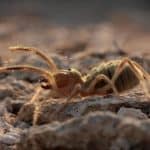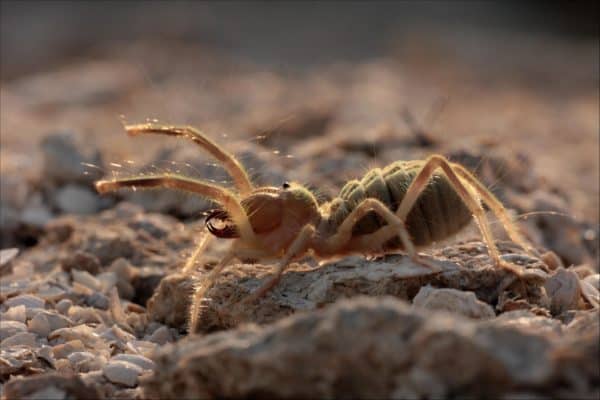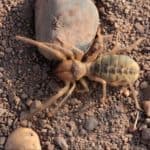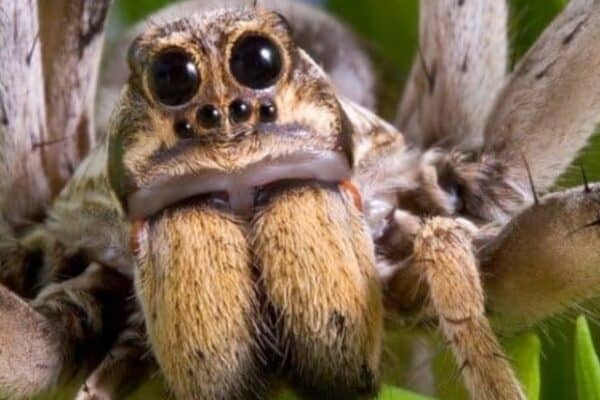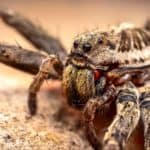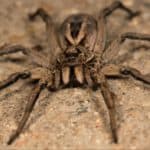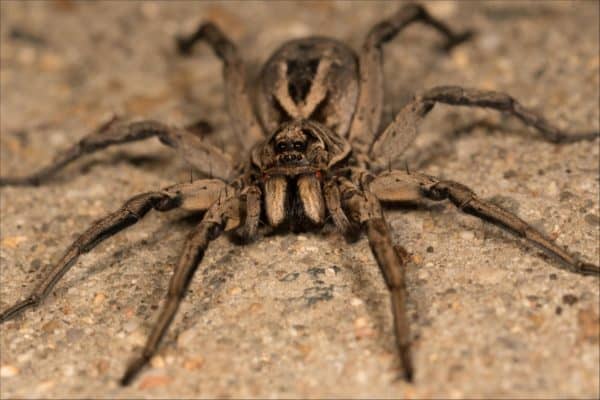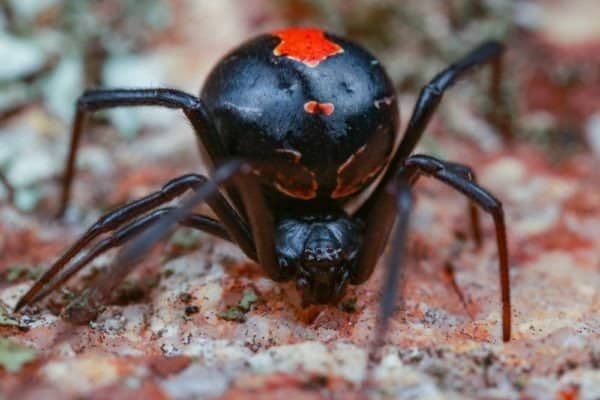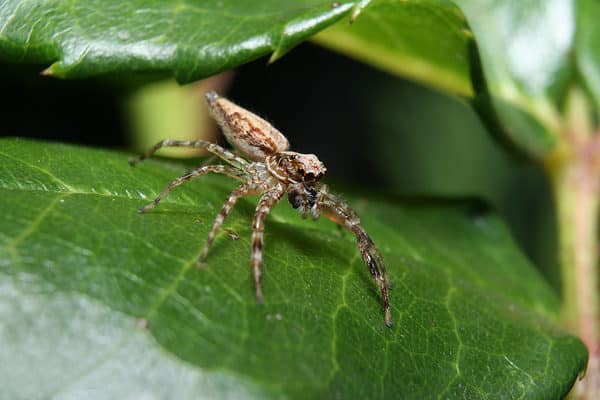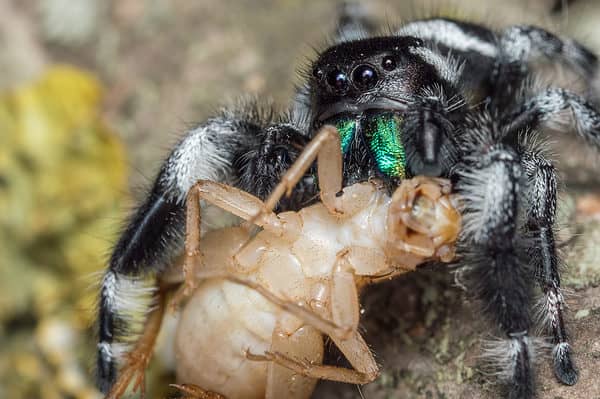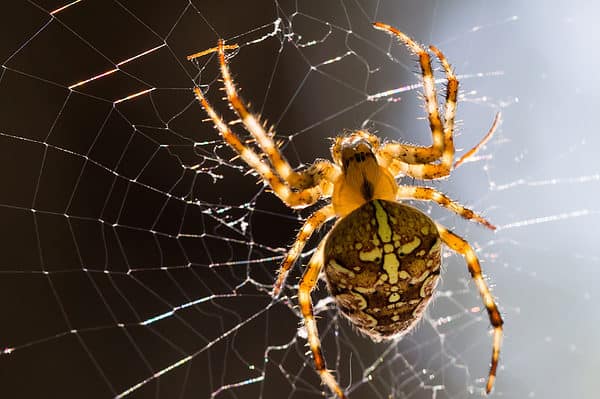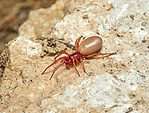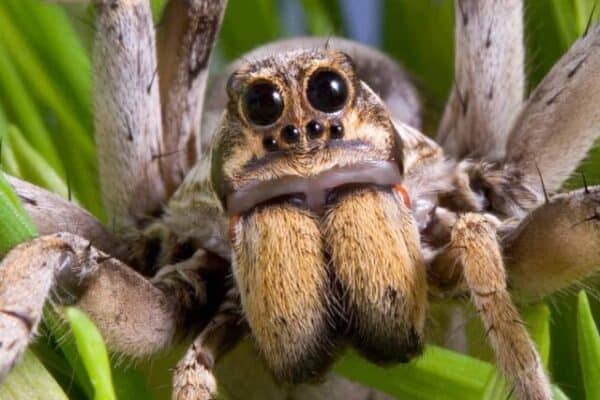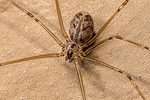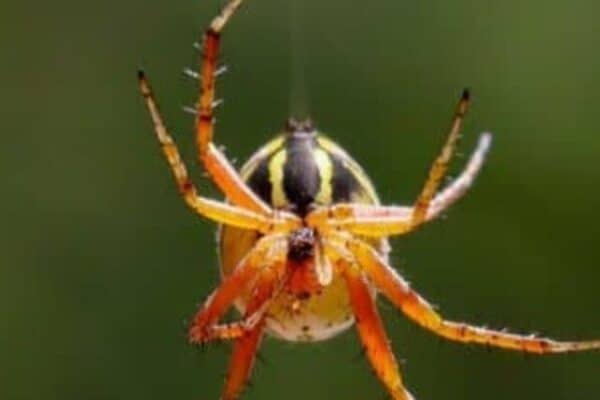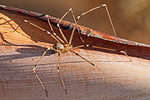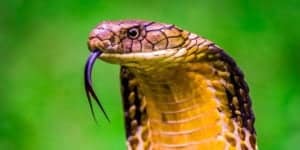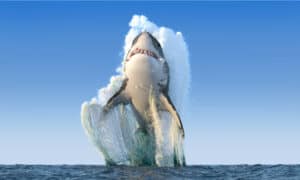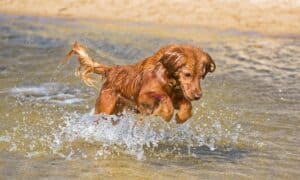Welcome to the Spider Quiz, where you can test your knowledge of one of the world’s most fascinating and diverse groups of creatures.
From the tiny jumping spiders to the enormous tarantulas, spiders come in a wide variety of shapes, sizes, and colors, with a range of interesting behaviors and adaptations that make them some of the most successful predators on the planet.
Whether you’re an arachnid enthusiast or just looking to learn something new, this quiz will challenge your understanding of these fascinating creatures and help you appreciate the incredible diversity of the spider world.
Get ready to spin some webs of knowledge!
What is the Average Lifespan of a Spider?
The average lifespan of a spider can vary greatly depending on the species. Some spiders only live for a few months, while others can live for several years. In general, most spiders have a lifespan of one to two years.
However, there are some species of spiders that can live much longer, with some tarantulas living up to 20 years in captivity. Factors such as climate, availability of food, and predation can also impact the lifespan of a spider.
Spider Habitats
Spiders can be found in a wide range of habitats, from deserts to rainforests, and from mountaintops to ocean shores. While some species have very specific habitat requirements, others are quite adaptable and can be found in a variety of environments.
Many spiders prefer to live in dark, sheltered areas, such as under rocks, inside tree bark, or in crevices and burrows. Others prefer to build their webs in open areas, such as on plants or in tall grass. Some species, like tarantulas, will create burrows in the ground where they can retreat for protection and regulate their body temperature.
Certain species of spiders are aquatic and can be found in and around bodies of water such as ponds, streams, and even the ocean. These spiders are adapted to living in water and can walk on the surface of the water using their hydrophobic legs.
Human-made structures such as houses and buildings can also provide ideal habitats for some spider species. Cellars, garages, and attics are often home to spiders seeking shelter and a consistent food supply.
Overall, the diversity of spider habitats is a testament to their adaptability and ability to thrive in a variety of environments.
Are Spiders Venomous or Poisonous?
Spiders are generally venomous, not poisonous. This is because the venom is a toxin that is injected into their prey through the spider’s fangs, while poison is a toxin that is ingested or absorbed through the skin or other body membranes.
Most spiders use their venom to subdue and digest their prey, which typically includes other insects, although some larger spider species may also capture small vertebrates. While many people fear the bite of a venomous spider, most spiders are not dangerous to humans, and their venom is typically not strong enough to cause serious harm.
However, there are some species of spiders that do pose a potential threat to humans, such as the black widow spider and the brown recluse spider. These spiders have venom that can cause serious symptoms, including pain, swelling, and even death in rare cases.
It is important to remember that most spiders are not harmful to humans and that they play an important role in controlling insect populations. If you come into contact with a spider and are unsure of its potential danger, it is best to err on the side of caution and give the spider a wide berth.
Interesting Related Articles:
Check out some of these awesome articles, you may learn something:





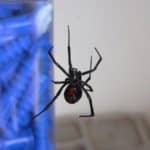

 Ken Thomas / public domain
Ken Thomas / public domain